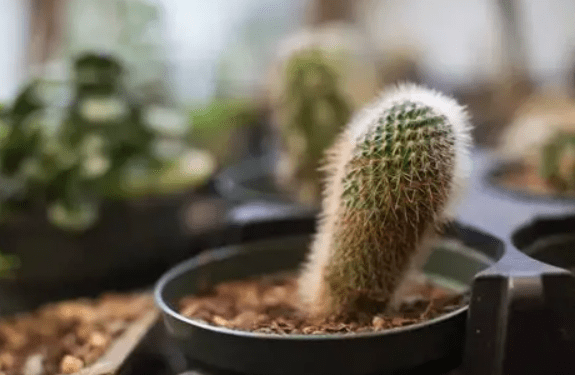By: Susan Marquez, Magnolia Tribune
When I was a child, there were three facts I knew about cacti. One was that the plural of cactus is cacti. The others were that they grew in the desert, and they were covered in thorns. For that reason, I had little interest in the prickly plants. I also recall, as a child traveling from Jackson to my grandparents’ home in Monroe, Louisiana, passing a huge sign that said “Cactus Plantation,” which piqued my curiosity.
Time, age, and knowledge gave me a new appreciation for the plant’s many varieties and shapes. They add character to landscapes as well as the interior of homes and offices. I mostly bought them in places like Lowe’s and Home Depot, and they were usually a spur-of-the-moment purchase. And sadly, I never kept one for long. It seems I’m very good at killing cacti.

For some reason, the Mississippi Cactus Plantation sign has been popping into my head lately, and it made me wonder if it was still open. Thanks to Google, I’ve learned that the once thriving and unique business (or should I say, attraction?) is now closed and for sale.
The plantation was started by John Thomas in Edwards, Mississippi. Located a few miles off I-20, curiosity seekers and cactus lovers alike took the Edwards exit to visit Thomas’s greenhouses and to add to their collections. At one time, he had several large greenhouses filled with over 3,500 varieties of cacti along with succulents, daylilies, tropical foliage, colorful bromeliads, and seasonal plants. It was recognized as the World’s First Cactus Plantation by the World Record Academy.
In the plantation’s heyday, Thomas, a WWII veteran, supplied cacti to Kroger, Walmart, and other outlets. He ran the plantation with his wife, and the couple managed ten greenhouses. After her death, he continued the business on his own, despite going for dialysis treatments three days a week.

Thomas didn’t start the cactus plantation. His main interest was growing bromeliads. He purchased the property from the first owner, Herb Phillips, who loved cacti. So Thomas inherited that from Phillips, and he rolled with it. Both cactus and bromeliad plants thrive on neglect, but they don’t tolerate freezing weather well. For forty years, Thomas nurtured the plants and enjoyed selling them to people who appreciated them as much as he did.
As Thomas grew older, he continued gardening, but narrowed his focus to just a few plants in only two greenhouses. He loved to greet guests who stopped in, and he was happy to share his extensive knowledge and to sell a plant or two.
He was hoping to find a new owner for the plantation, but that didn’t happen. The Cactus Plantation is closed for business, thus marking the end of an era.
The lesson for me here is to stop and smell the…cactus. I always wondered about this place, and kept thinking “someday” I would stop and check it out. That door has closed, and I missed out. I would have loved to experience the passion Thomas had for the plants he grew and to learn from him. Instead, when I see a little cactus display the next time I’m grocery shopping, I will stop and pay homage to the man who created the World’s First Cactus Plantation, right here in Mississippi.

